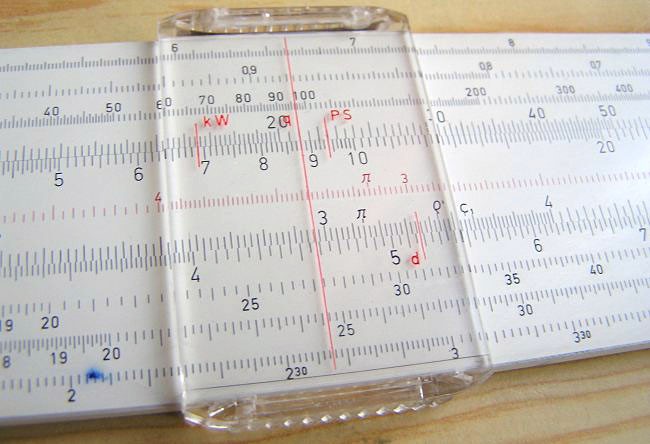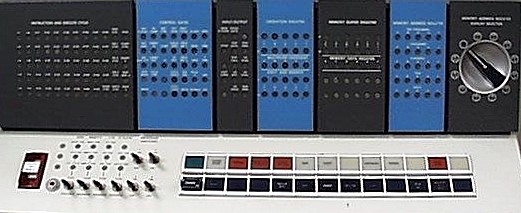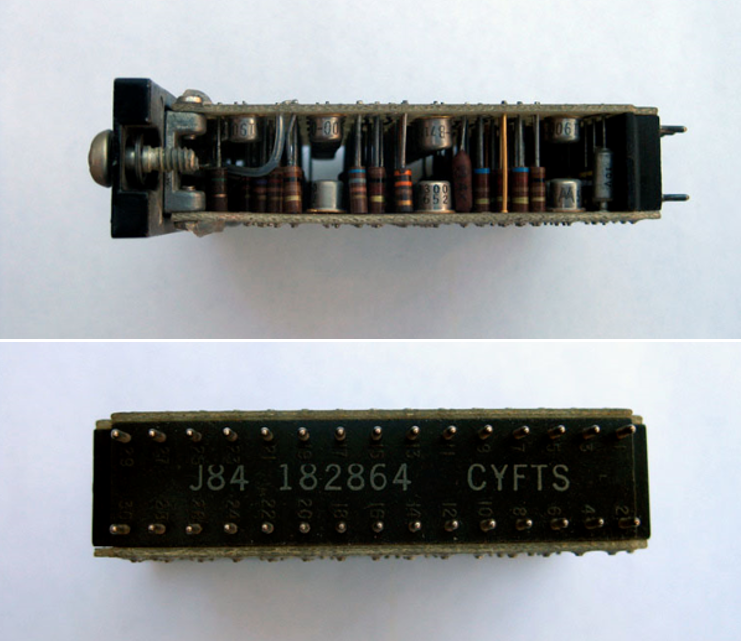The forward momentum of component innovation has seen electronics come and go over the years, replaced by newer and more capable successor devices, yet, this isn’t always the case, as we know because the United States’ Department of Defense continues to use floppy disks . Others, while not nearly as useful, still maintain a certain degree of historic charm — and many agree that there’s a certain kind of joy that comes with collecting an antiquated object, whether that be electronics hardware or furniture. Below are some of our favorites. The question is, are you knowledgeable and experienced enough to identify the five items we’ve selected?
(In the interest of preserving some level of difficulty, we’ve kept the description as generic as possible.)

1.) This bad-boy was introduced in the mid-70s as a pre-cursor to the modern desktop PC. It was available in both APL and BASIC programming languages, with a toggle on the front panel to select the language. At one point in the early millennium, the device played a huge role in a conspiracy theory about a time-traveler.

2.) The predecessor of all audio recorders, this antiquated device captured the first recording of a live concert in the early part of the 20th century. In certain parts of the world, its brand name became synonymous with all early devices within this category.

3.) Many of our younger readers may not realize this at first glance, but the object above is a mechanical analog computer, a device capable of calculating roots, logarithms, and even trigonometry. Arithmetic is performed by aligning a mark on the sliding central strip with a mark on one of the fixed strips, and then studying the relative positions of the adjacent marks on the strip which align with the approximate value of the calculated result.

4.) Back in the analog days of yore, before the advent of CRT system consoles, technicians relied on these synthesizer-looking devices to input commands. In fact, the item in the picture above lacked a conventional arithmetic logic unit (ALU), requiring arithmetic to be completed by table lookup in core memory.

5.) Prior to the creation of the integrated circuit, the object above served as a substitute. It was created by densely packing two circuit boards with discrete components to create a “pluggable” module capable of performing the same function as contemporary ICs. This specific item originated from around the mid-1960s and was constructed using the cordwood method—a technique named after the method of stacking the resistors like cordwood between the two circuit boards.
Have you figured anything out? Please write your answers into the comment section below.
Advertisement
Learn more about Electronic Products Magazine





